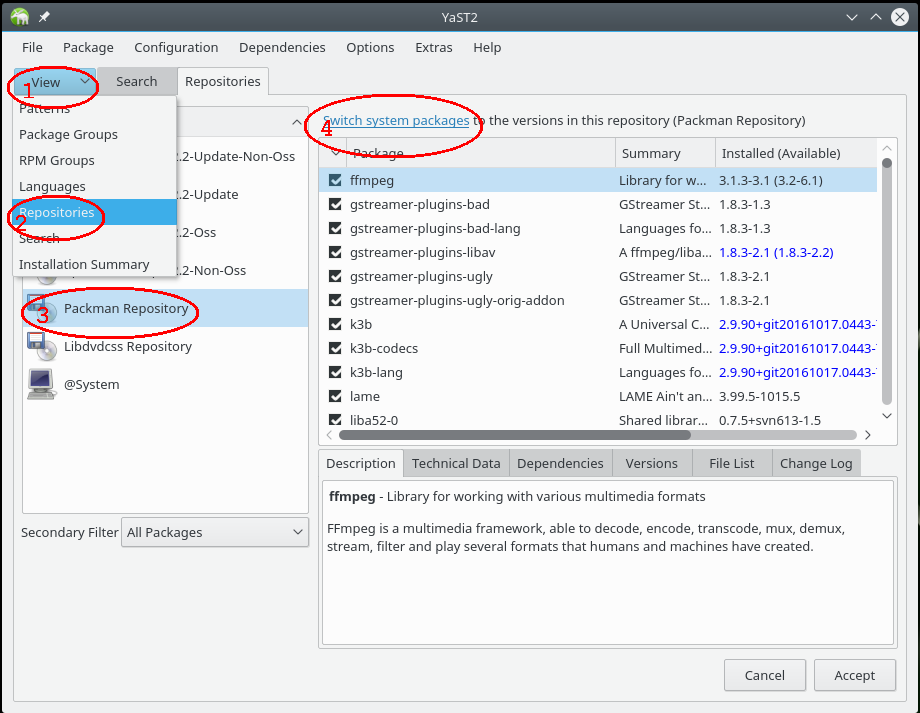

- #CONVERTING MOD FILES TO MPEG MOVIE#
- #CONVERTING MOD FILES TO MPEG PRO#
- #CONVERTING MOD FILES TO MPEG SOFTWARE#
Audio data are stored in Dolby Digital audio format. Maximal resolution of the captured video is 576i. MOD video file format uses standard DVD MPEG-2 compression. MOD video files are mainly stored on the camcorder's hard drive or memory card. To this day three camcorder producers: JVC, Canon and Panasonic are using MOD video file format. First camcorders, that were using MOD video format, were introduced in 2003. Selecting a region changes the language and/or content on MOD video file format (sometimes is called Standard definition video file, but this is not official name) was developed by the JVC.

#CONVERTING MOD FILES TO MPEG PRO#
MPEG-2 and VOB files: MPEG Streamclip Apple QuickTime Player for Windows with QuickTime Pro and MPEG-2 Playback Component.įor additional assistance with methods of transcoding video files, use the Adobe forums or VideoHelp.QuickTime (MOV) and MPEG-4 files: Apple QuickTime Player for Windows with QuickTime Pro.
#CONVERTING MOD FILES TO MPEG MOVIE#
AVI files: VirtualDub Microsoft Windows Movie Maker. #CONVERTING MOD FILES TO MPEG SOFTWARE#
For assistance using third-party software, contact the software publisher or see the software's documentation. Other transcoding applications are available and could be better suited to your workflow.ĭisclaimer: Adobe doesn't support third-party software and provides this information as a courtesy only. The following Windows applications can transcode video files. To preserve image quality when you transcode a video file, choose an uncompressed or low-compression output option in your transcoding software. Or, you can use a different format (for example, transcode an MPEG-2 file into an AVI file). You can transcode a file within the same format (for example, transcode a 3ivx-encoded AVI file into a DV-encoded AVI file). Use other software to transcode (convert) video files that cause problems when you try to import or play them in Premiere Pro.
Open the file in a third-party application that analyzes media files, such as MediaInfo or GSpot 2.70. If the file is from a camcorder, camera, or other video-recording device, then see the device's documentation, or locate the device's specifications on the manufacturer's website. Open the file in Apple QuickTime Player and choose Window > Show Movie Inspector. To gather this information, do one or more of the following: Knowing the format and, when applicable, the codec of the files you are working with helps you use the solutions below. It's likely that Premiere Pro can't decode video files that were encoded with a poorly designed codec or a codec that is not installed on your computer. A Motion JPEG codec (some still-image cameras that have "movie" modes use this codec). The DV codec (camcorders that record to miniDV tapes use this codec). Many different codecs exist.įor example, an AVI file can be encoded with the following types of codecs, among others: Codecs are algorithms for compressing video and audio data. The data inside these container files is encoded according to a particular codec. Some video file formats-including AVI and MOV-are container file formats. For instructions on using the Field Options dialog, see Create interlaced or non-interlaced clips. Additional tools for correcting field-order problems are available in the Field Options dialog. For instructions, see Change the field order of a clip. You can assign the correct field order by using the Interpret Footage command. An incorrect field order can also cause the clip to flicker. If an imported interlaced video file plays with jagged edges or thin horizontal lines ("combing") on moving objects, Premiere Pro may not be interpreting the file's field order correctly. Playback inevitably seems stuttered if the video was recorded at a low frame rate (approximately 15 frames per second or less). For instructions, see Change the frame rate of clips. You can assign the correct frame rate by using the Interpret Footage command. This issue also manifests as playback that is stuttered after you render previews. If an imported video file plays too fast or too slow, Premiere Pro may not be interpreting the file's frame rate correctly. For instructions, see Working with aspect ratios. You can assign the correct pixel aspect ratio by using the Interpret Footage command. If an imported video file appears squeezed too narrow or stretched too wide, then Premiere Pro may be misinterpreting the file's pixel aspect ratio. Choose Clip > Video Options > Scale To Frame Size. If an imported video file does not fill the frame or appears zoomed-in, then select the clip on the Timeline. Use these additional methods, as applicable, to correct playback problems unresolved by Solutions 1 and 2:






 0 kommentar(er)
0 kommentar(er)
